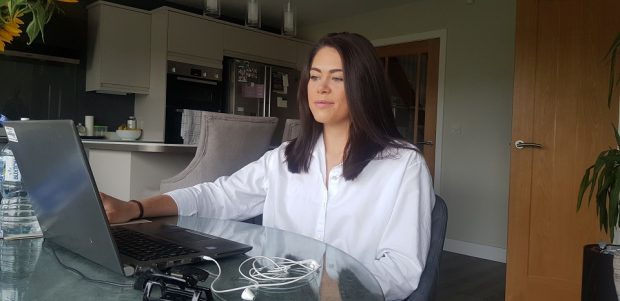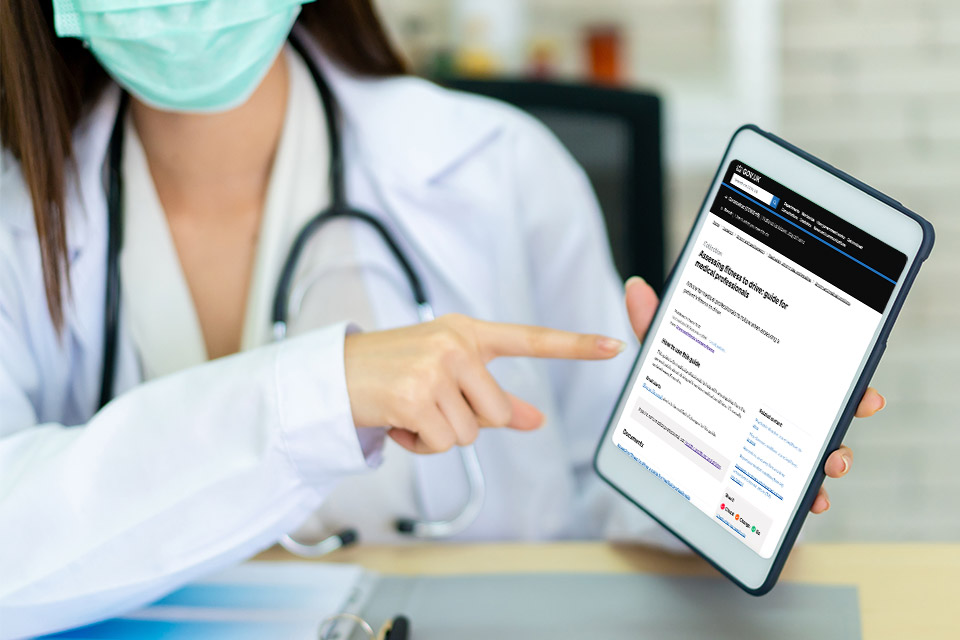Supporting the IT industry – DVLA launch the second Business Analysis Development Programme
It’s been two years since we launched recruitment for our first Business Analysis Development Programme. When we originally came up with the concept and design of the programme it was a voyage into the unknown. We’d never done anything like this before so it was exciting to see what we could achieve.
The two-year programme has been specifically designed to provide a fantastic foundation to individuals to start a career in IT. It gives them the opportunity to develop skills, gain real-world experience and the qualifications needed to be fully ‘job ready’ to apply for an entry-level Business Analyst (BA) position on completion, with industry recognised qualifications.
The formal learning is supported by practical experience, with mentors and support networks to help students and guide them. It gives students the opportunity to gain experience working on delivering some of the most important digital services within government, allowing them to put into practice their learning in a real-world environment.
The programme so far
We’ve been lucky that our first group has fully immersed themselves in the role and DVLA. They’re almost at the end of their journey now, with one module of the programme left to complete.

During their time on the programme they’ve already achieved the British Computer Society (BCS) International Diploma in Business Analysis and APMG Foundation and Practitioner in Business Analysis. They’ve also picked up other skills on their way, including hands on experience of programming and building their own websites, as well as day to day work with our business units and the development squads.
Nikki Hayes, student, had this to say about the current programme:
“This role comes with plenty of opportunities to develop your skillset in a safe learning environment with lots of support along the way. I’ve not only achieved a diploma but with on the job learning I’ve now developed a wide range of skills. Starting out I would shadow existing BAs, now I’m taking on my own pieces of work.
“I work closely with stakeholders and development teams on a daily basis and work on continuous improvement and legislative changes for various services in DVLA.”
As the first group nears graduation, the programme is open again for new recruits and we’re excited to see who is on the next group.
What’s new to the next programme?
Firstly, we are looking at how the programme will run remotely. The last year has shown that this is possible and our range of collaboration tools support remote working too. We will also be recording sessions so that students can go back and re-watch them.
Secondly, we’re taking on board the feedback from our first group for all the learning and improvements, so that we can implement it to make the programme even better the second time around. This includes finding solutions to the challenges remote working brings with catering to learning styles.
But best of all, we’ve got even more digital services that we want to build for the motoring public, so there will be plenty of opportunities to get our next group involved in making these happen.
What does the programme offer?
You’re given the opportunity to study for a recognised qualification – the BCS International Diploma in Business Analysis. You will also be given a personal mentor to help you through your time.
But perhaps more importantly, the programme gives you the chance to gain experience working on some of the most important digital services within government, putting into practice your learning in a real-world environment right here in DVLA.
The offer and how to apply
The scheme is now open for applications, until 7 June 2021 and again it offers a fantastic opportunity to learn digital skills while you earn.
The programme is open to anyone with an interest in developing their skills, with no specific academic entry requirements.
We have 6 positions available on our programme. They run for 24 months with a salary of £26,126, giving you the opportunity to earn while you learn. It offers a real alternative to some of the more traditional routes, such as university.

Jodie Lewis, one of our current business analysts, said:
“The advice that I would give to someone applying for the Business Analysis Development Programme would be that if you are committed to developing yourself, not afraid to ask questions and have an inquisitive mind, then go for it, definitely apply.”
To find out more about the roles, entry requirements and application process, please visit our current vacancies page.




